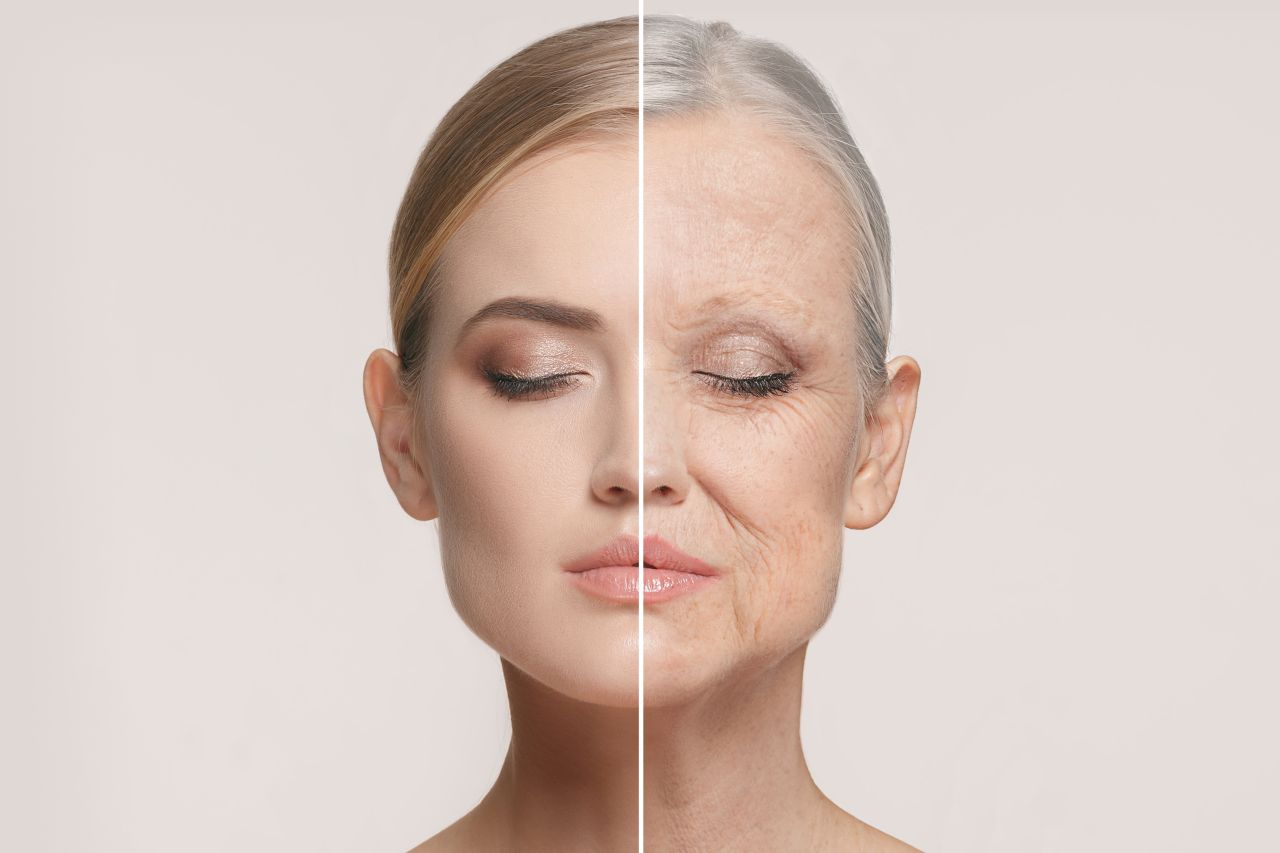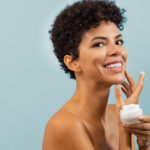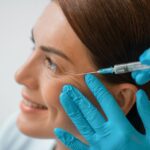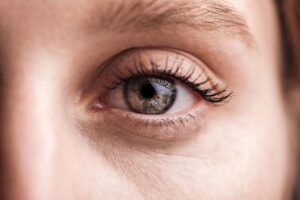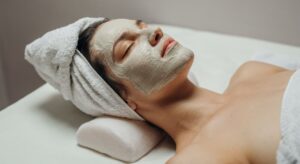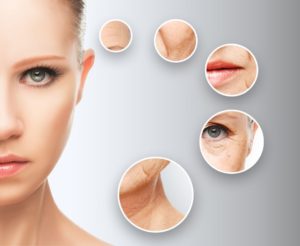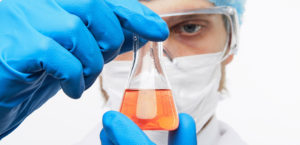Welcome to a captivating exploration into the world of genetics, where we delve into the fascinating relationship between the genes we inherit and the aging process and fitness of our skin. In this journey, we will discover how genetic factors, environmental influences, and even our daily skincare routines affect the age of our skin, determining the signs of aging we see in the mirror every day.
How does age influence skin aging?
Understanding the aging process
Aging is a natural biological process in the human organism; state-of-the-art research has shown that time triggers changes in the structure and capacity of the skin to renew itself. Normal aging involves an altered production of collagen and elastin, proteins critical for maintaining skin structure and elasticity. In fact, as age increases, skin cells tend to regenerate at a slower pace, leading to a thinning of the skin.
Impact of age on skin cells
As we age, skin cells undergo changes that alter their functioning. The slower regeneration results in an increased exposure to environmental factors, which can cause cellular damage. Age, therefore, plays a considerable part in skin aging, resulting in visible signs of aging such as wrinkles and a loss in skin density.
Comparison between aging skin and youthful skin
Comparing young skin with aging may provide a deeper understanding of the aging process. Young skin generally has a smooth, firm appearance, a result of a high volume of collagen and elastin. Aging skin, on the other hand, loses this firmness with the reduced production of these proteins, leading to sagging and wrinkle formation.
What is the impact of genes on human skin?
How genes define skin features
Genes play a fundamental role in skin color, texture, and how it reacts to environmental aggression. Genetic variants that we inherit from our parents define these skin features, including the potential for skin wrinkling and other signs of aging.
The role of genetic factors in the appearance of wrinkles
Genetic factors are significantly associated with skin aging and the appearance of wrinkles. The degree to which we develop wrinkles is programmed in our DNA, with some being genetically predisposed to have fewer wrinkles than others.
Influence of gene expression on skin phenotype
An individual’s skin phenotype, including skin color and the prevalence of wrinkles, is determined by gene expression patterns. Alterations in the expressions of genes involved in skin aging can lead to visible skin changes, further promoting the aging process.
How are genes involved in skin aging?
The link between skin aging and genetic factors
There is a strong link between skin aging and genetics. German National Genome Research Network research has indicated that specific genes involved in skin aging are responsible for the repair of damaged cells, production of collagen and elastin, rendering a practical experience of healthy aging.
Insights into genes involved in the aging process
There are specific gene-linked factors that scientists have connected with the aging process. Some genetic variants are related to premature skin aging, while others are associated with a delay in the natural aging of the skin.
Factors affecting gene-linked skin aging
Both genetic and environmental factors influence gene-linked skin aging. For example, repetitive sun exposure results in photoaging, which can lead to the early onset of wrinkles and an increase in skin cancer risk, overriding the genetic predisposition to youthful looks.
Can skin care mitigate the effects of genetic skin aging?
The role of skin care in maintaining human skin health
Proper skin care, despite our genetic predisposition, is essential in maintaining human skin health. By nourishing our skin with the essential nutrients and protecting it from sun exposure, we can significantly delay the skin aging process and nurture our youthful looks for longer.
How skin care can support longevity of youthful looks
Adapting a tailored skincare routine can support the longevity of your skin’s youthfulness while reducing the foreseeability of skin changes. By combatting the signs of aging like wrinkles and maintaining the structure and firmness of facial skin, we can help preserve younger skin longer.
Managing genetic factors through skin care routine
Although we can’t change our genes, we can adapt our skincare routine to manage genetic factors. By understanding the specific needs of our skin, using suitable products, and defending against environmental factors, we can minimize the impacts of genetically programmed skin aging.
What is the role of environmental factors in skin aging?
Interplay of genes and environmental factors in skin aging
Environmental factors and genes interplay to influence skin aging, with the latter’s influences often amplified by the former. Examples of this interplay include the effects of sun exposure on aging skin, individually tailored skincare routines, and the environmental dynamics of various places.
Effects of sun exposure on aging skin
Sun exposure significantly contributes to skin aging. Not only can it accelerate the skin aging process, but chronic sun exposure can damage the DNA in skin cells to cause skin cancer. Therefore, minimizing sun exposure and protecting our skin from harmful UV rays is critical for delaying skin aging.
How to counter environmental factors affecting skin aging
Regular use of sun-protective ingredients in your skin care, hydrating the skin, and ensuring to cleanse and moisturize adequately can help counter environmental factors affecting skin aging. As we age, taking proper care of our skin becomes ever so vital for the preservation of our youthful looks, and it’s never too late to start.
*Information in this article is not medical advice and may not be factually accurate. It is intended for entertainment purposes only. Consult with a physician before attempting any tips in this blog post and to get the most up to date factual data about any procedure or treatment.

